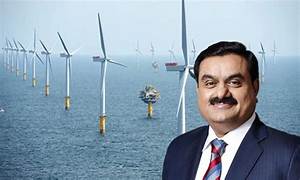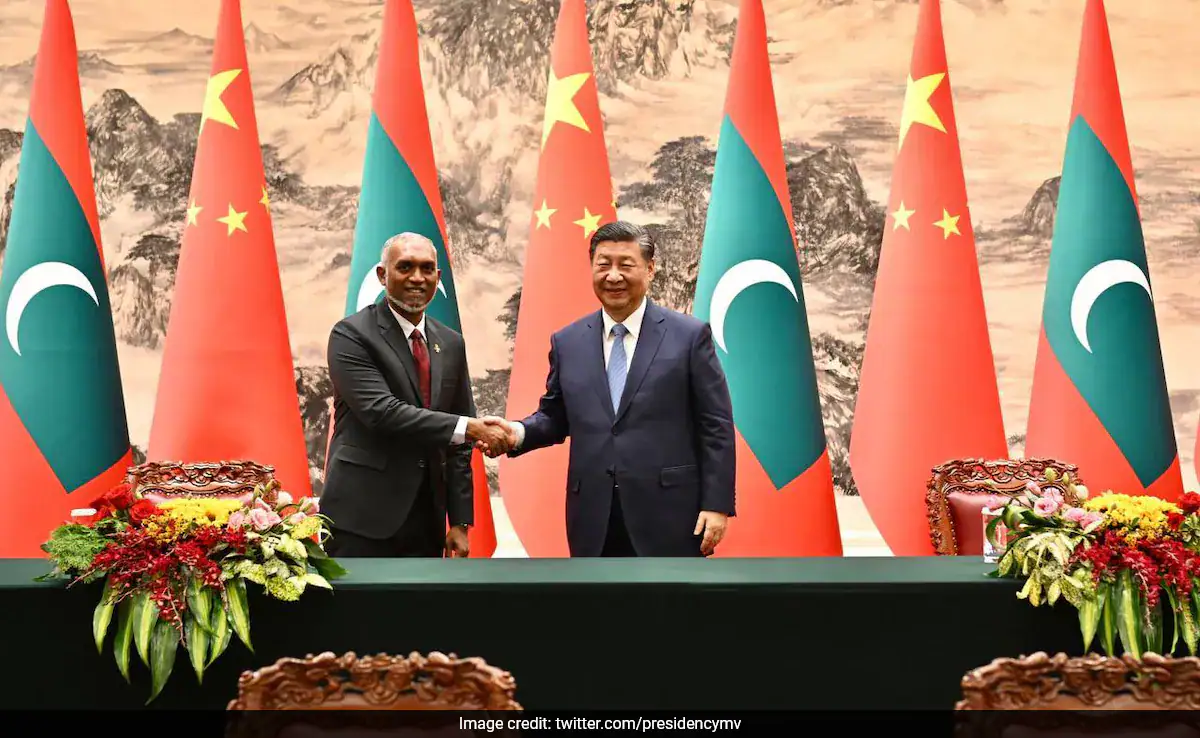Fresh tenders are expected to be called for the two renewable energy projects that were previously offered to India’s Adani Group. In the Sri Lankan context, it is not surprising that projects with Indian funding in the north-east often face opposition under the banner of environmental concerns, while Chinese investments rarely encounter the same level of scrutiny. For example, the Indian-funded coal power plant planned for Sampur, Trincomalee, in the Eastern Province was abandoned due to environmental objections. India, respecting public sentiment, pivoted to a solar alternative. In contrast, the Chinese-backed coal power plant in Nuraisoali was completed without major resistance.
This disparity has raised questions about the authenticity of environmental concerns cited against Indian investment projects in Sri Lanka’s north and east. With the government unable to advance the wind power project, Adani Green Energy announced its withdrawal in February 2025. The project involved a US$442 million investment to generate 484 megawatts of power under a 20-year power purchase agreement in Mannar and Puneri—making it the largest investment in the Northern Province since the end of the civil war. Originally, the project was tabled under the Gotabaya Rajapaksa administration in 2022, and on 7 March 2022, the Cabinet approved entering into a memorandum of understanding (MoU) with Adani Green Energy Limited of India.
The project’s implementation faced setbacks, officially attributed to environmental and unit cost concerns, and became mired in controversy during Gotabaya Rajapaksa’s tenure. When the project idea emerged as a political flashpoint in 2022, M.M.C. Ferdinando, Chairman of the Sri Lanka Ceylon Electricity Board (CEB), alleged before a parliamentary panel that Indian Prime Minister Narendra Modi had “pressured” then-President Rajapaksa to award the project to Adani. President Rajapaksa, however, categorically denied the chairman’s statement. Amid this controversy, several petitioners also challenged the project’s approval in the Sri Lankan Supreme Court.
Such claims underscored the perception that the project was primarily intended to serve India’s interests. Subsequently, President Ranil Wickremesinghe attempted to revive the initiative. However, the situation shifted after Anura Kumara Dissanayake, leader of the JVP, won the presidential election. During his campaign, Anura Kumara pledged to halt the project if elected. It was in this context that the Adani Group withdrew from the wind farm project—a setback for Sri Lanka’s economic prospects.
Why, then, was the Adani project opposed, given Sri Lanka’s considerable wind power potential? According to a landmark 2003 study by the United States National Renewable Energy Laboratory (NREL), Sri Lanka’s onshore wind power potential is estimated at 20,735 megawatts. More recently, the World Bank Group’s ‘Offshore Wind Roadmap for Sri Lanka’ identified favorable conditions for offshore wind, estimating a potential of 56,000 megawatts (56 GW).
Against this backdrop, China has shown renewed interest in Sri Lanka’s renewable energy sector. In 2021, Chinese firm Sinosar-Etechwin was awarded the contract to install a hybrid renewable energy system in Nainativu, Delft (Neduntheevu), and Analaitivu—three islands off the coast of Jaffna, barely 50 km from Tamil Nadu’s coast.
However, Colombo later suspended this project due to security concerns raised by India. Following this, India is set to implement a hybrid power project on three islands off the Jaffna peninsula with an $11 million grant. The Chinese Ambassador in Colombo criticized Sri Lankan authorities for suspending the original projects and issued a strongly worded statement objecting to “outrageous interference” by a “third party.” After the suspension, China secured a similar project in the Maldives, partnering with the Maldivian government to establish solar power plants on 12 islands.
Against this backdrop, if bids are invited again, there is a strong possibility that China will re-enter the picture. When countries that strategically compete with India invest in the North-East of Sri Lanka, their motives are unlikely to be purely economic. In this context, India’s unwillingness to compromise on the presence of rival economic involvement in the north and eastern provinces is understandable from a strategic standpoint. Efforts to frame the issue solely as a matter of Sri Lanka’s energy sovereignty overlook the broader geopolitical realities at play.




